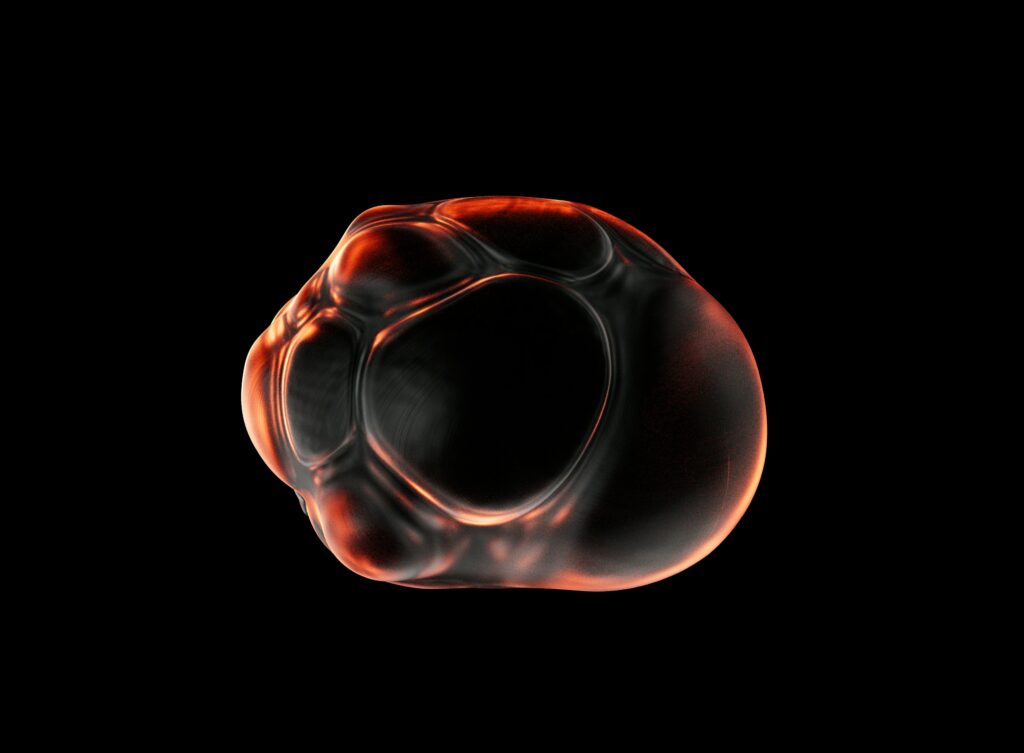The pro-choice talking point that a baby inside the womb is “just a clump of cells” has become popular in abortion debates, but it easily falls apart when science and reason are applied. This argument aims to dehumanize the fetus and is extremely dangerous for those inside the womb and outside.
This article will explain the conservative argument that uses scientific reason against the “clump of cells” abortion argument, and explain why the fetus is living from the moment of conception.

In This Argument…
- Why the “just a clump of cells” argument is dehumanizing and is a huge slippery slope
- The most effective response to the “clump of cells” argument is…
- Why it is essential to know that a new, unique human life begins at conception
Table of Contents
The “Clump of Cells” Argument
Many pro-choice activists, mostly the ones who are ignorant on the subject or do not know how to debate, use this as a talking point. But that’s all it is, a talking point, without science or reason to back it up.
The talking point they use is to call the baby inside the womb, a “clump of cells,” with the aim of dehumanizing the baby. If the pro-choice activist can dehumanize the baby by calling it “just a clump of cells,” then it allows them to strip the right to life away from the baby.
The Conservative Response
The obvious answer, that is based on facts and reason to this talking point, is to say, “Yes, the baby inside the womb is a clump of cells, but am I and so are you. We are all clumps of cells. Yet, we ascribe equal moral worth to all humans regardless of age, size, or dependency. What morally relevant difference makes the embryo an exception?” This usually settles the argument, and forces the pro-choice activist to either retreat from that talking point or back themselves into a corner of immorality.
If the pro-choice activist chooses to maintain their position, the next thing they need to argue is why the clump of cells inside the womb is less valuable than the clump of cells outside the womb. This opens up a lot of tricky doors like sentience, bodily autonomy, person hood, experience, location, and development.
But since we know scientifically that there is a new, unique human life at conception, then they need to argue why the human life inside the womb is less valuable than the human life outside the womb.
According to “The cell biology of fertilization: Gamete attachment and fusion” (Siu, Wong, & Evans), from 2021, a peer-reviewed article published in The Journal of Cell Biology, and it confirms through detailed scientific explanation that at fertilization a human life begins.
This means that a genetically distinct human is created at the moment of fertilization. The diploid zygote has a complete set of chromosomes, 46 of them. Half of the chromosomes are from the mother, and the other half from the father, which marks the first biological stage in the life of a human being.
Read More: Does Life Begin at Conception?
So if life begins at conception (fertilization), then the pro-choice activist must argue why location, or some other factor, matters to the right of life. If our right to life depends on location, size, looks, or how developed we are, it raises serious questions about how we define human value and who has the authority to draw those lines
History shows that when we define human value by arbitrary traits like size, appearance, or dependency, we risk justifying serious injustices. This is why many pro-life advocates argue that all human beings, regardless of stage, deserve equal protection.
You can bring up this hypothetical: Imagine murdering someone and then saying “But they are just a clump of cells.” This wouldn’t hold in court. Why not? Because they have a right to life.
Furthermore, you can ask, “When does the fetus go from ‘just a clump of cells’ to “not just a clump of cells?'” If they are sticking to their clump of cells argument, then they must decide when the “just a clump of cells” goes from not having rights to having rights.
Ultimately, the goal of this argument is to dehumanize the baby in the womb, which would allow us to strip the right of life away from the baby. History shows that when a society lets powerful people decide who counts as “fully human,” injustice soon follows. Whether it was slavery, eugenics, or genocides justified by race or disability, the first step was always to redefine a subset of humans as less-than-persons. If we say the right to life depends on size, location, or development stage, we hand that same power to future majorities, and no one can guarantee they will use it only inside the womb.
The Bottom Line
- The “just a clump of cells” argument is dehumanizing and is a huge slippery slope. If we can dehumanize anyone because of their looks, location, or other factors, then the one who decides what is considered “normal” will be able to murder whoever does not meet those standards.
- The easiest response to the “clump of cells” argument is to acknowledge that you are and they are clumps of cells. Can you legally kill them?
- We know that a new, unique human life begins at conception, so then the pro-choice activist must argue that the human life inside the womb is less valuable than the human life outside the womb.
